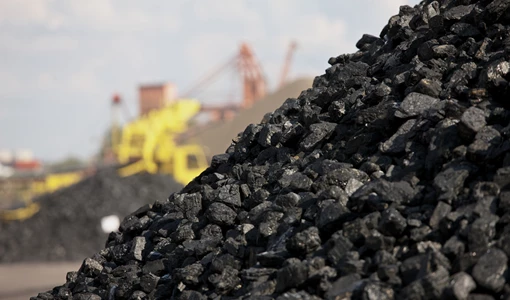Powering through the future outlook for renewable energy
Climate change is something we all fear, but the price of combating it is harsh and heavy. This reality for diverse parts of the planet was made clear during a Ministerial Panel session titled Powering Tomorrow – The Future Outlook for Energy Markets. After COP 28, the UN’s Climate Change Conference held in Dubai, UAE, last year-end countries agreed to commit to net-zero emissions. Each has to understand the challenges it faces, where the money will come from, and how to do what it plans to do – and therein lies the rub.
“We don’t have time to waste anymore,” said panelist Prof Biman Chand Prasad, Deputy Prime Minister, Fiji. “Our small island economies have to build climate resilient economies and transit to clean energy without disrupting the process of economic growth. We recognise that time is running out.” The South Pacific nation’s 332 islands, including low-lying atolls, have a coastline that is highly susceptible to the impacts of climate change, such as sea-level rises and storm surges.
On the other hand, Tajikistan, a landlocked country in Central Asia with Dushanbe as its capital, is undertaking a ‘four 10s’ plan, according to that country’s Deputy Minister of Energy and Water Resources, Manuchehr Safarzoda. He said this would involve generating 10 gigawatts of power by 2030, diversifying to non-hydro options like solar and wind (with a 10% share), increasing exports of power to Central and South Asia by 10% and reducing the transmission losses in the sector by 10%.
But to attain goals, there are decisions to make and pressures to face. With two power plants, based on natural gas and local coal, Tajikistan is thinking about how to get power from other sources and closing its thermal plant. According to the International Energy Agency, with its abundant water potential from its rivers, natural lakes and glaciers, Tajikistan is almost exclusively reliant on hydro for electricity generation.
It is home to some of the world’s largest hydropower plants and is ranked eighth in the world for hydropower potential with an estimated 527 terawatt-hours (TWh). The Dutch, meanwhile, highlighted the challenges they face with their “large industry requirements, dense population, and pretty shallow seas”. Frederik Wisselink, Energy Special Envoy of the Ministry of Economic Affairs and Climate Policy, The Netherlands, pointed to his country’s capacity in offshore wind solutions and solar energy.
Besides, he made overtures to India saying his country could be willing buyers of future green hydrogen production “to replace our gas addiction”. The panelists were keen on offshore wind, without subsidies. Wisselink said it was important to create the right incentives, give clarity on the conditions to plan and build wind farms, and share all information available so those generating power could know when grid connectivity was available.
“They can use all the data we have for them to build a wind farm,” he said. “This reduces risks for the developer.” He also said the port of Rotterdam is being made ready as an entry port for green hydrogen to enter Europe. One item of agreement was the importance of clarity in government policy and to involve all stakeholders – managers, policy makers, businesses, knowledge institutes and people – as it is formulated.
Fiji’s deputy prime minister noted that some 50% of its energy came from hydro. “By 2030 our goal is to fully transition to renewable energy,” he said. While an enviable over-half of Fiji’s electricity generation is derived from hydropower, its remote areas and outer islands are dependent on imported fossil fuels and biomass. However, Fiji’s 20-year National Development Plan calls for all power to be generated from renewable sources by 2030.
Getting the finances required to implement change is often a problem, for large parts of the globe. “The ADB is talking in terms of becoming a climate change bank,” said the Fijian minister. “The World Bank is promising to focus more on financing for climate change adaptation, and not just mitigation.”
Unlock the latest insights in the India Energy Week Show Dailies
Explore exclusive insights and the latest updates on India Energy Week 2024 in the Official News Publication for the event.
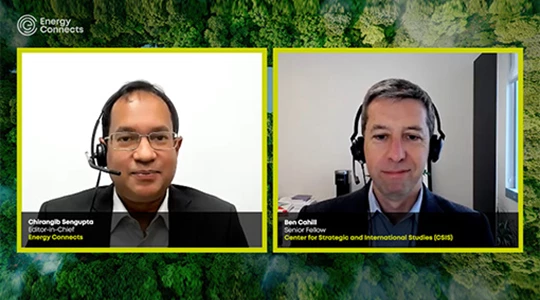
CSIS: long-term LNG demand to reshape global export capacity growth
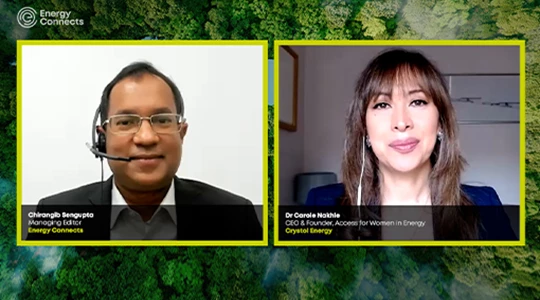
More women in energy vital to the industry’s success
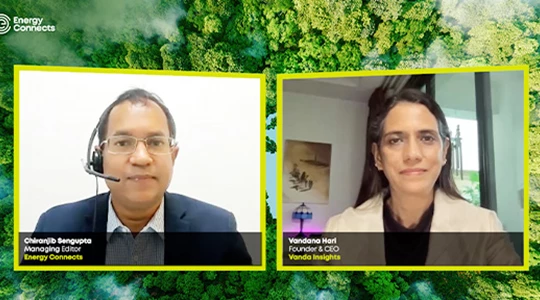
India’s energy sector presents lucrative opportunities for global companies
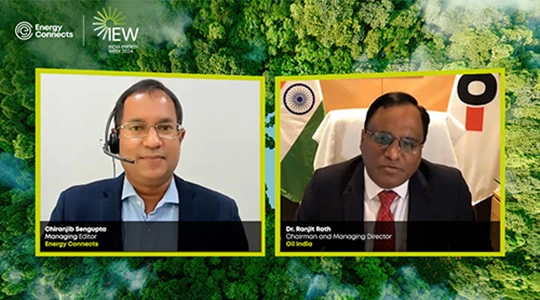
Oil India charts the course to ambitious energy growth
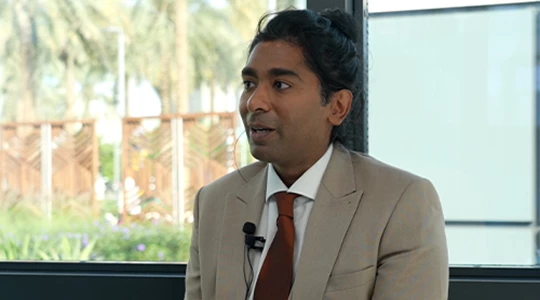
Maritime sector is stepping up to the challenges of decarbonisation
Partner content

Navigating the trading seas: exploring the significance of benchmarks

Back to the Future(s): the best commodities benchmarks are still physically settled
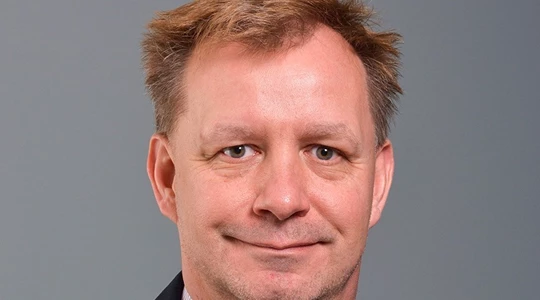
Ebara Elliott Energy offers a range of products for a sustainable energy economy

Essar outlines how its CBM contribution is bolstering for India’s energy landscape




